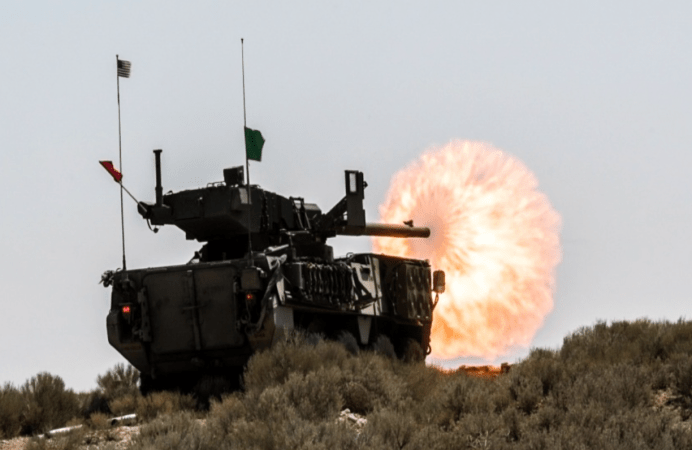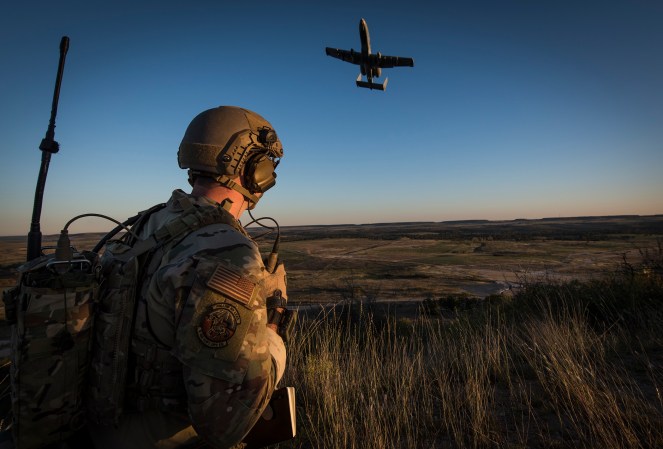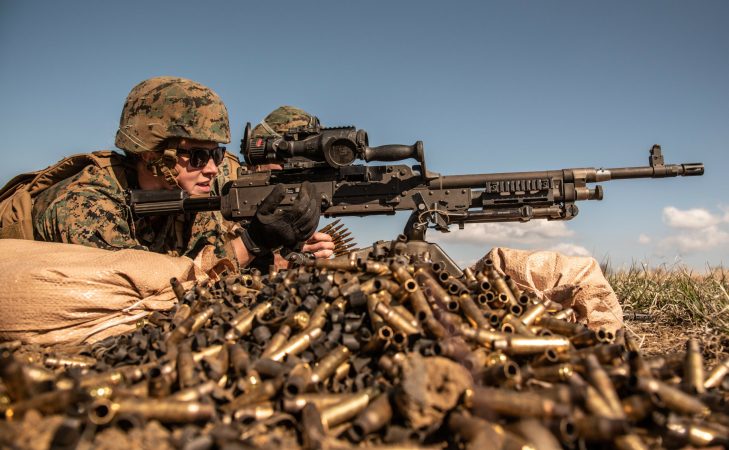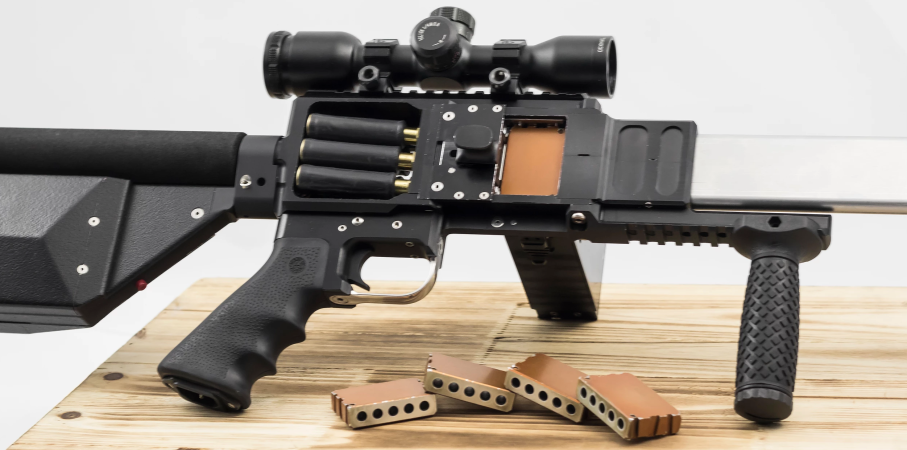Preparing for the abs portion of your PT test might trick you into thinking you have a six pack, but those workouts are potentially getting you into worse shape. Stop taking ab selfies in the gym mirror and listen up.
“Core exercises” are a part of every service’s PT test, whether it’s crunches, sit-ups, or what the Navy inexplicably calls, “curls-ups.”

This is a curl-up… right?
If you’ve carefully read the procedural guidelines for your service’s PT test, you already know how easy it is to cheat on these ab exercises. Or maybe you’re just really bad at counting…

…8, 9, 10, 17, 18, 36, 74… Teamwork at its finest.
Even if you’re not a cheater, the abdominal portion of the PT test is still only testing your ability to do that one hyper-specific movement, not your overall core strength. Strength is specific to how you train, and how you train should be specific to what you do (you know, like your job). What job in the military are any of these exercises specific to? Those crunches will make you able to sh*t really fast and keep your breaks short and your NCO happy, but it won’t make you stronger.
The Navy PRT guidelines state that, “the curl-up, when performed properly, can help develop abdominal strength and endurance, which are important factors in preventing low-back injuries.”

Nice view, okay smell…
While ab strength definitely protects the spine, the curl-up is far from targeting the actual core muscles needed for that job. The abdominals have many functions, and only one of them is flexion of the spine.
Flexion: that’s the one where you flex your abs, and your spine makes the same shape as Gollum’s.

That’s right — stretch it out.
The other functions of the abs include but are not limited to, breathing, coughing, sneezing, stabilizing, and maintaining posture.
You have four main groups of abdominals:
- Internal obliques help with breathing, rotation, and side bending.
- External obliques help pull the chest downward to increase pressure in your abdomen, which is important for the Valsalva maneuver. Divers, pilots, and people who move heavy weight couldn’t survive without them.
- The transverse abdominis is the deep, corset-like muscle that provides stability and postural support for the spine. Without it, you would rupture a spinal disk every time you farted.
- The rectus abdominis is the sexy one. The rectus abdominis’ primary function is to flex your trunk. It also happens to be the only one really tested in any PT test.
An exercise program that only tests one function of the abs leaves a huge gap in both knowledge and functionality for both you and your service of choice.
Judging from your PT scores alone, no one can tell if your body is actually structurally sound. So, the next time you go to dig a fighting hole, load a torpedo, or crank a wrench may just be the time that your weak back and tight rectus abdominis conspire against your spine, even if you scored among the best.
In order to have full spinal protection, you need to ensure you are working all the muscles of your core, from front to back. That includes the erector spinae. These are the muscles that are growing weak while you crunch your way to some non-specific lower back pain.
Having a strong rectus abdominis and weak erector spinae creates the kind of postural imbalance that causes back pain and loss of mobility and, as a service member, if you can’t hold up your body, you’re about as useful as a poopy-flavored lollipop.

Tasty…
Since you only have to do curl-ups for your PT test, why bother ensuring your low back muscles are equally as strong as your abs? Having a strong lower back isn’t going to get you promoted faster. But low back pain is the most common type of pain in existence today. 84% of humans have reported that, at one point in their life, they experienced back pain of some kind.
The military is not exempt from this statistic. I’ve known 19-year-old LCpls with “chronic” back pain. This type of highly preventable injury crushes combat readiness.
“Hey, Devildog! Get up! We still have 6 klicks to the objective!”
“I can’t Sergeant, my L3 is throbbing! I have chronic back pain.”
“Didn’t you get a 300 on your PFT? You’re supposed to be in shape!”
So, following the clues, not only does the PT test not prove that you can function adequately to conduct your job, it inadvertently causes you to injure your back by becoming hyper-focused on your front.

This takes REAL core strength.
Try these “core exercises” instead: squats, deadlifts, lunges, and farmers’ carries. These exercises load your core the way it is designed to work: with all core and back muscles engaged equally and totally.



























